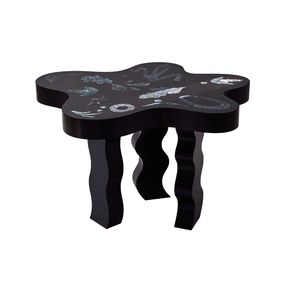
Tables for Sale
Tables occupy a central role in contemporary design and decorative arts. As functional objects par excellence, tables also serve as platforms for creativity and formal innovation. Tables are distinguished by the diversity of materials, from solid wood to metal, glass, marble or engineered plastic. They combine utility with aesthetic research, allowing for geometric, organic or minimalist forms. Within the field of furniture, tables embody both everyday use and artistic expression.
Contemporary tables explore multiple registers. Some emphasize a sculptural approach, where the base becomes architectural structure. Others adopt refined lines that echo minimalism. Certain tables are designed as modular surfaces able to adapt to space and use. Technical innovations and material choices continuously renew the typology of tables, whether destined for domestic, professional or public contexts.
Tables attract collectors and design enthusiasts for their versatility, durability and integration within interiors. Displayed in living areas or exhibition spaces, tables serve as identity markers and cultural assets. Exploring Artsper's curated selection of tables allows the addition of a significant piece to a collection or interior, uniting functionality, material presence and lasting aesthetic value.
Save your search and find it in your favorites
Save your search to find it quickly
Saved search
Your search is accessible from the favorites tab > My favorite searches
Unsaved search
A problem occurred






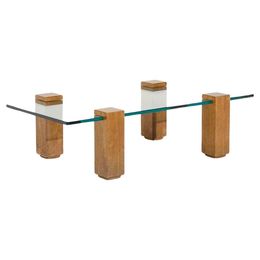






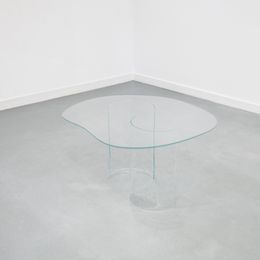














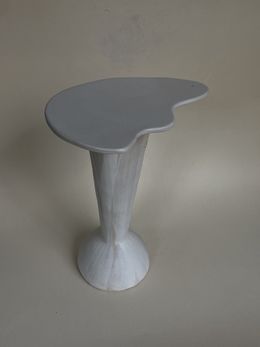





























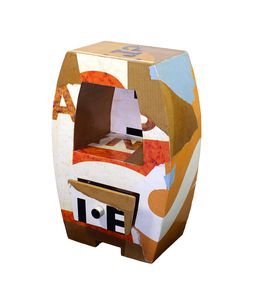











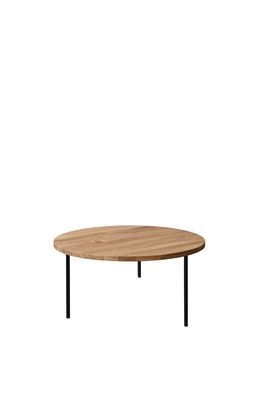




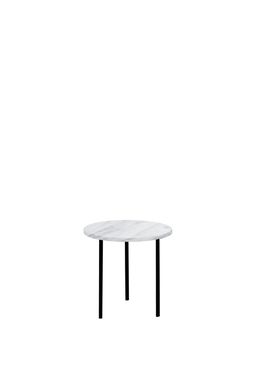
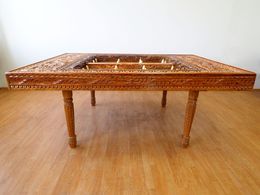

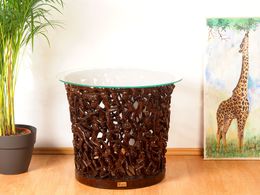
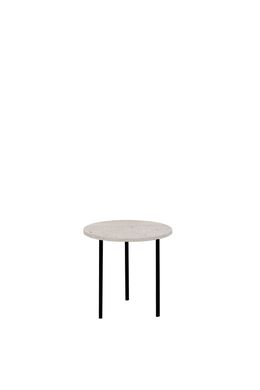





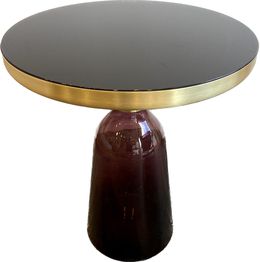

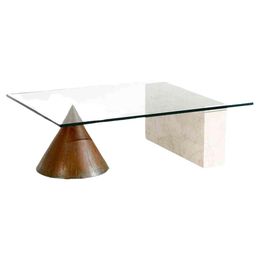
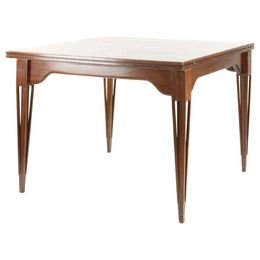


Discover the selection of our experts
There are several types of tables used in database management systems, including relational tables, flat tables, hierarchical tables, and network tables. Each type has its own unique structure and is used for specific purposes in managing data within a database.
To create a table in SQL, use the CREATE TABLE statement followed by the table name and column definitions. Define each column's data type using keywords such as INT, VARCHAR, or DATE. Use constraints to specify additional rules for the table.
Primary keys are unique identifiers for each record in a table, while foreign keys establish relationships between tables by referencing the primary key of another table. This ensures data integrity and enables efficient querying of related data.








